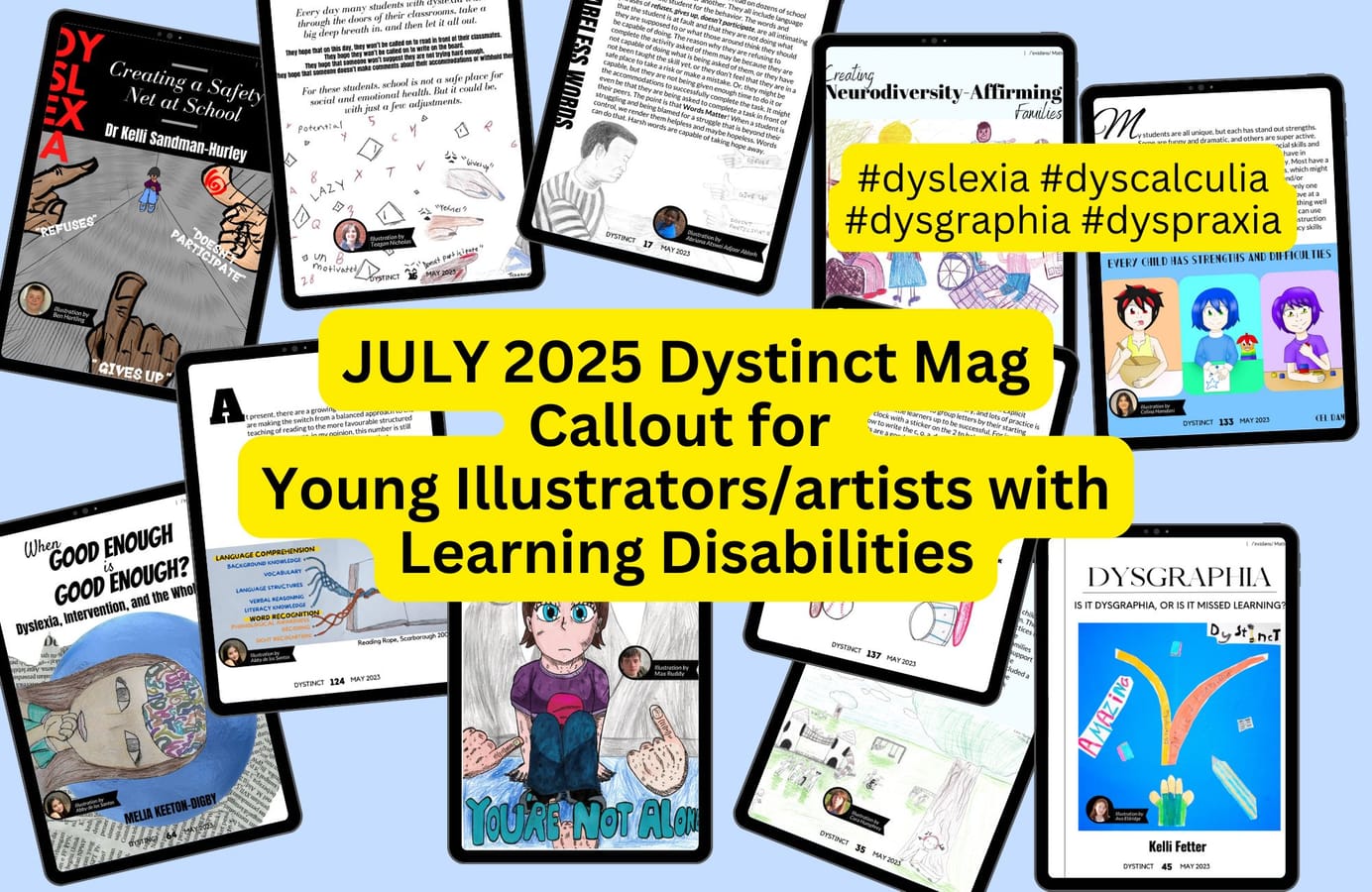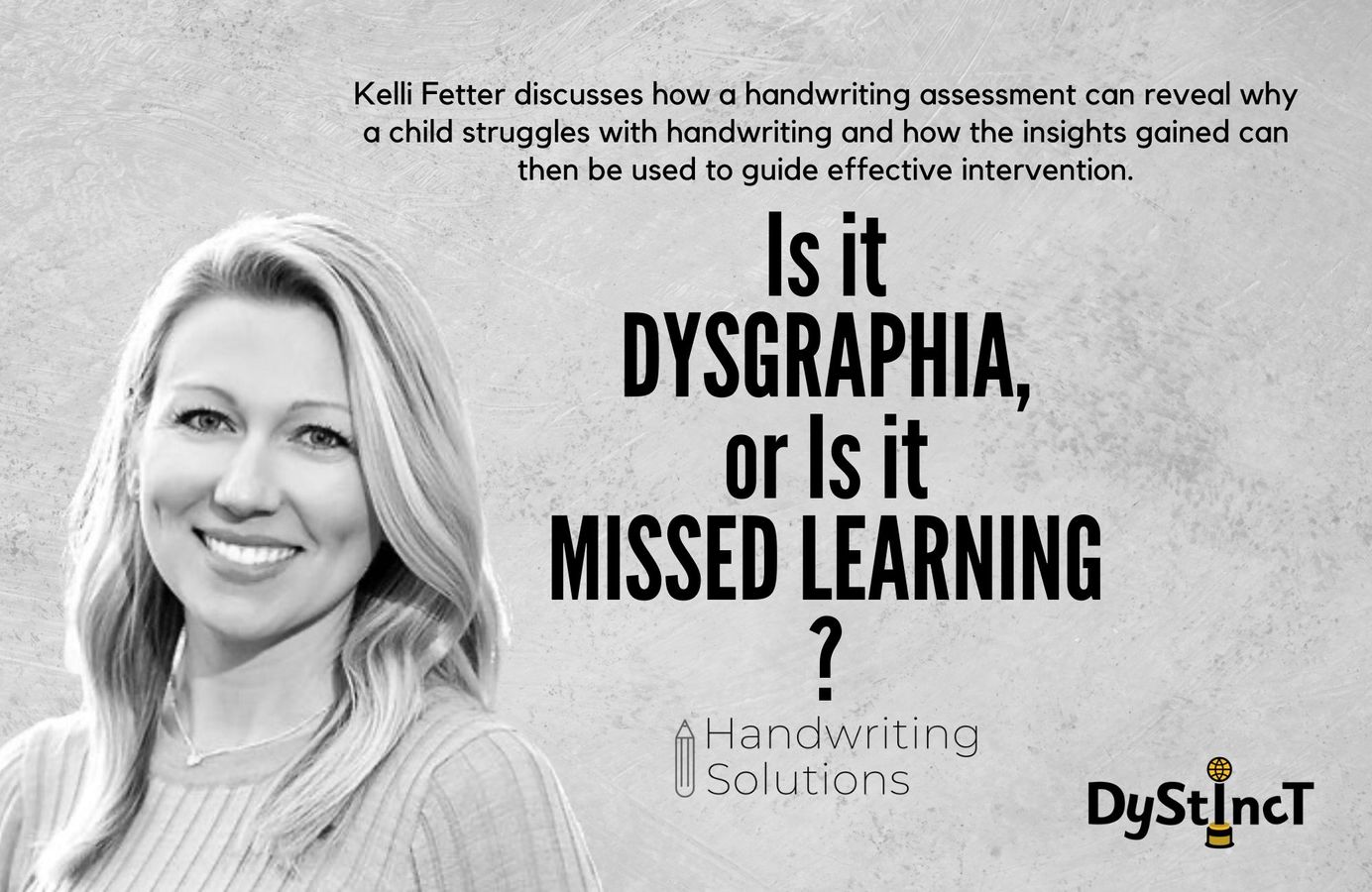
Issue 15: Is it Dysgraphia, or Is it Missed Learning? | Kelli Fetter
Kelli Fetter discusses how a handwriting assessment can reveal why a child struggles with handwriting and how the insights gained can then be used to guide effective intervention.
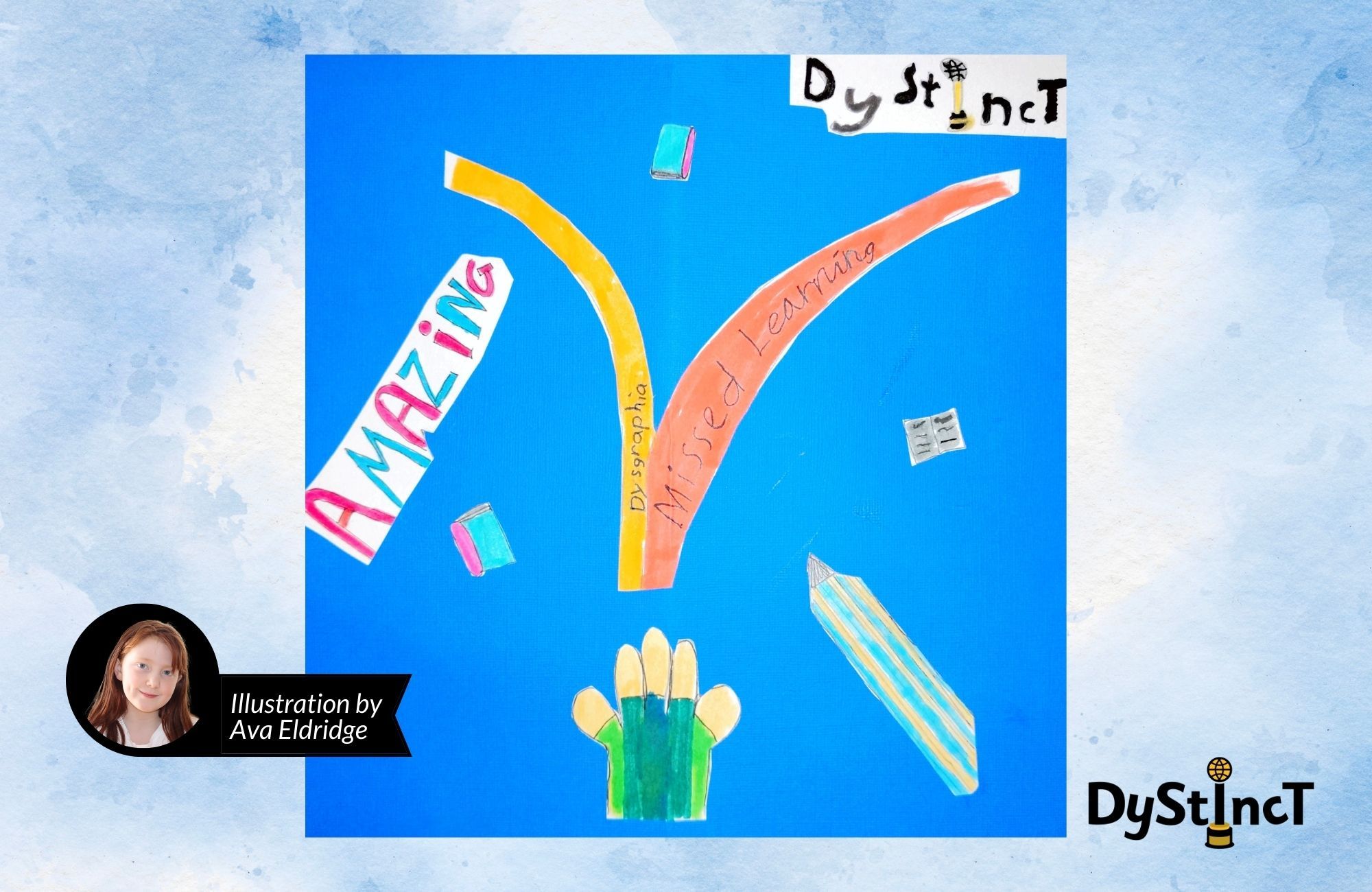
REALITY CHECK
REALITY CHECK
We are now three years post-COVID and beginning to see the ramifications and impacts on our children. I won't be all gloom and doom and say that all impacts were negative. I saw children bonding with siblings and families through their extended time at home. I also saw children taking up hobbies that they may not have otherwise. However, I am now seeing some major missed learning, particularly when it comes to handwriting.
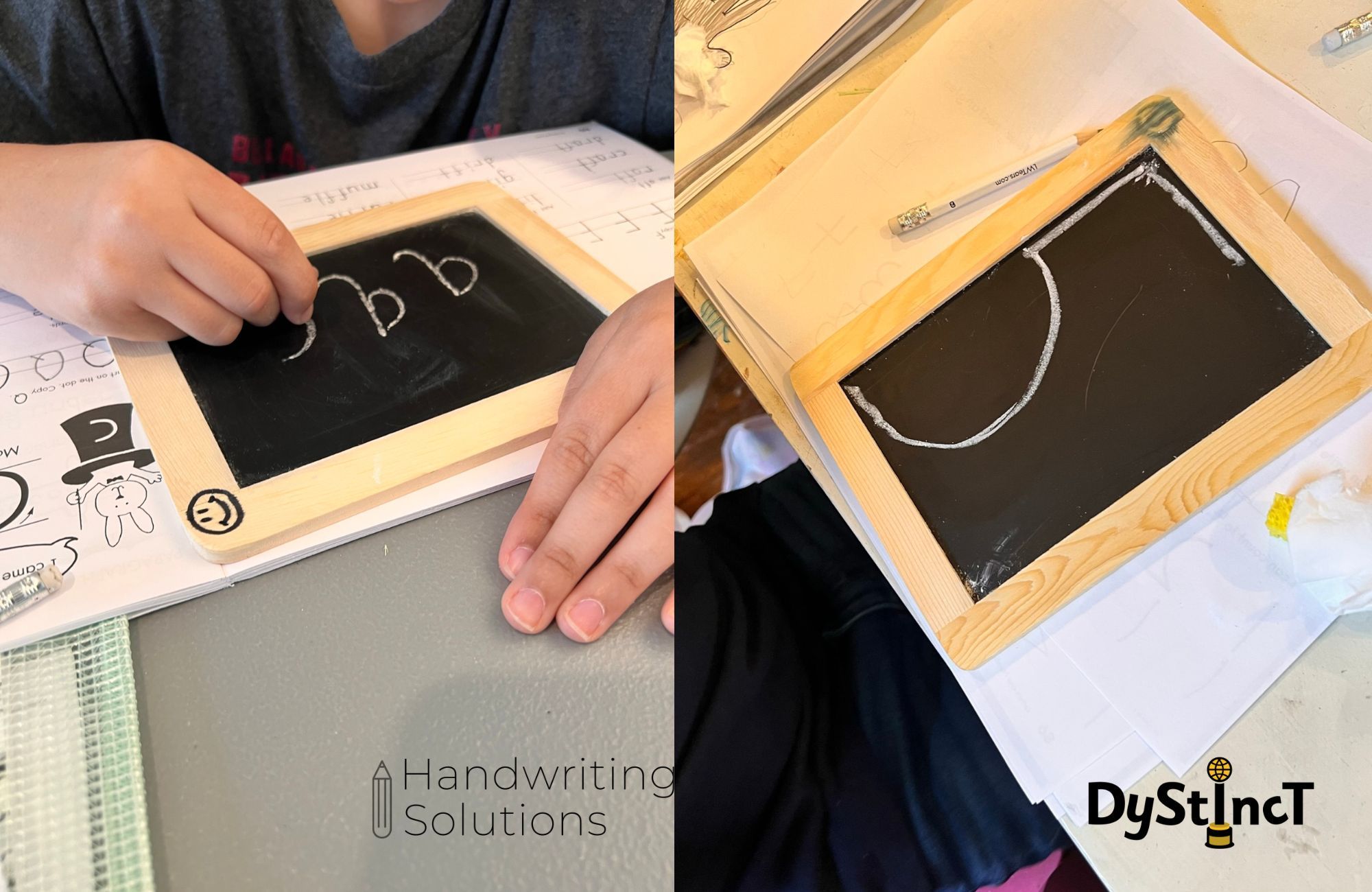
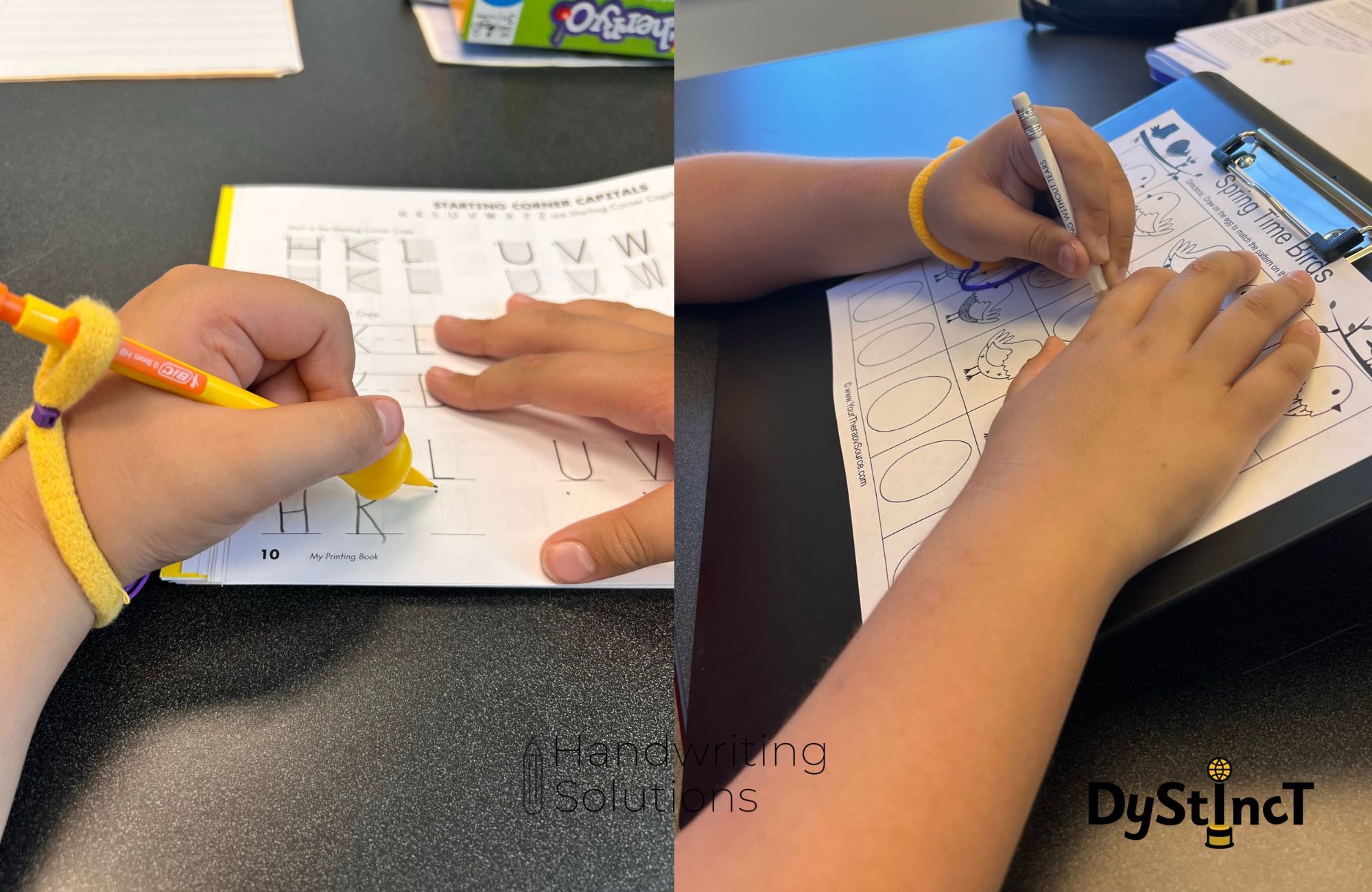
Some kids spent a year or more participating in lackluster virtual schooling and NEVER picked up a pencil. For some kids in K-3rd grades, that meant those crucial years of foundational writing were missed. Now the expectation is to go into 4th grade and write essays when they struggle to effectively hold a pencil or place letters on a line. I am definitely not disapproving of virtual learning. We have GREAT success with virtual tutoring here at my practice, Handwriting Solutions, because we are intentional and purposeful in creating a virtual environment nearly identical to in-person learning. In contrast, many schools were thrust into virtual learning with ZERO clue on how to make it work.
For other kids, it isn't the missed learning from COVID per se but a systemic issue where their school is not spending adequate time instructing on writing. Standards are now unrealistic, and teachers are being driven to push more and more, leaving little to no time for foundational skills such as handwriting. Kindergarteners are now expected to write sentences when they may have never learned letter formations or how to hold a pencil properly. Or even worse, they weren't given opportunities to build up their motor skills for these more advanced academic skills.
Lack of Quality Instruction or Dysgraphia?
Lack of Quality Instruction or Dysgraphia?
So how do we know if it is lack of quality instruction or if there is a diagnosis such as dysgraphia causing our child to struggle with handwriting?
First, we dive a little deeper. A handwriting assessment by a qualified professional is the best first step to dive into underlying barriers with handwriting. Breaking down writing into individual skills helps pinpoint where the barriers exist with writing and gives us a bigger picture of our child's learning and current performance. The assessment also guides remediation as we have a plan of action and areas we need to intervene.
Depending on what the assessment reveals, a full-scale neuropsychological or psychoeducational exam is recommended to seek out an official dysgraphia diagnosis. The comprehensive handwriting assessment can be used as a tool for support during these evaluations.
However, often we begin handwriting remediation before we decide to pursue a diagnosis. We want to see how a student responds to tutoring, and if they make notable gains quickly, then chances are the lack of instruction was the barrier. Likewise, children who make quick progress are not going to experience symptoms of dysgraphia, such as spelling difficulties, grammatical errors, avoidance of writing, difficulty transferring thoughts to paper, and such. Other underlying issues, such as developmental delays, weakness, etc., may impact handwriting. But it wouldn't necessarily indicate a specific learning difference.
This post is for paying subscribers only
SubscribeAlready have an account? Log in

